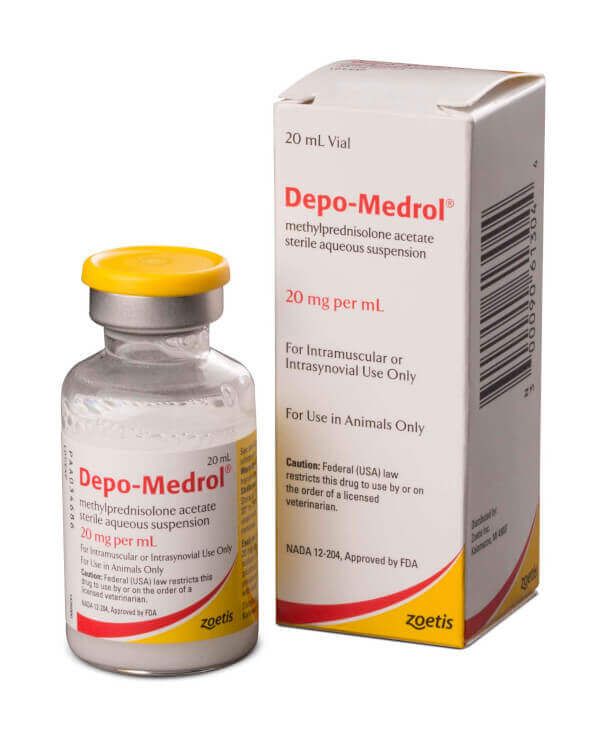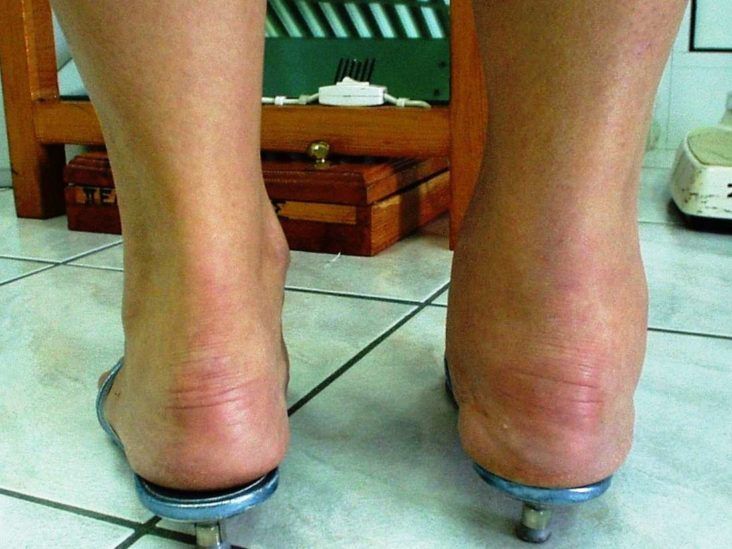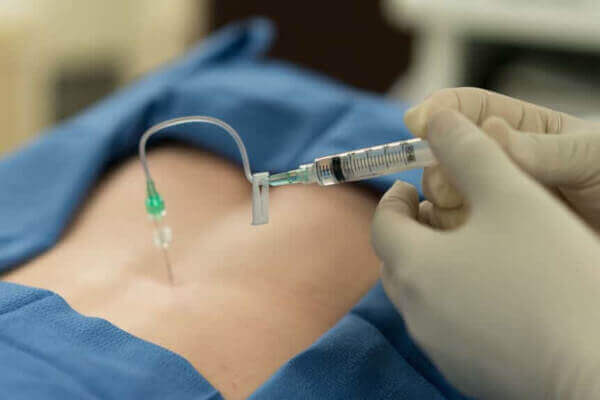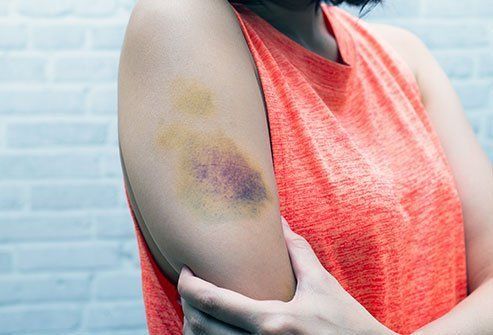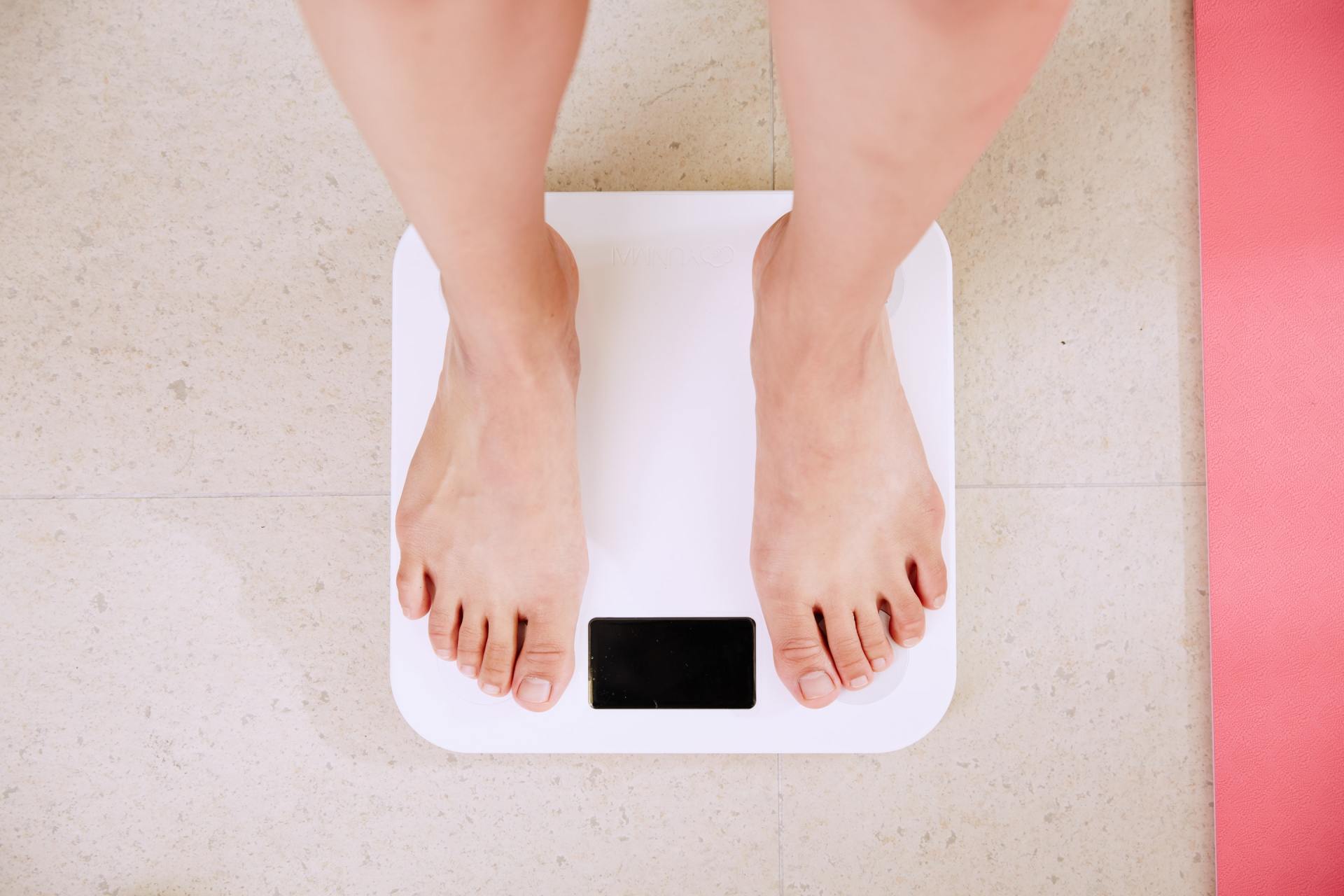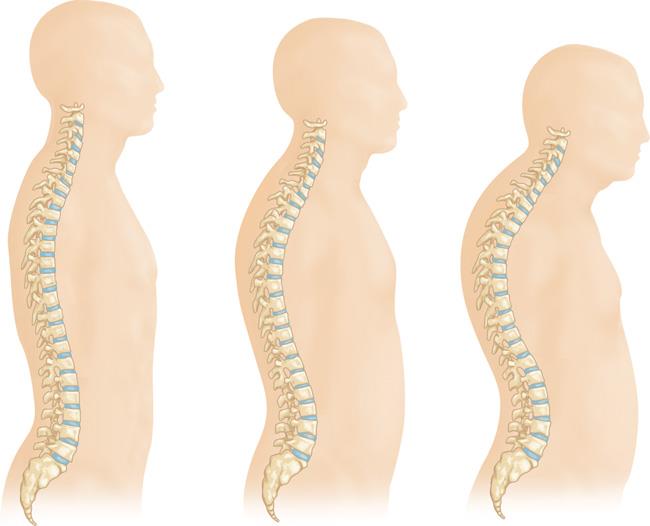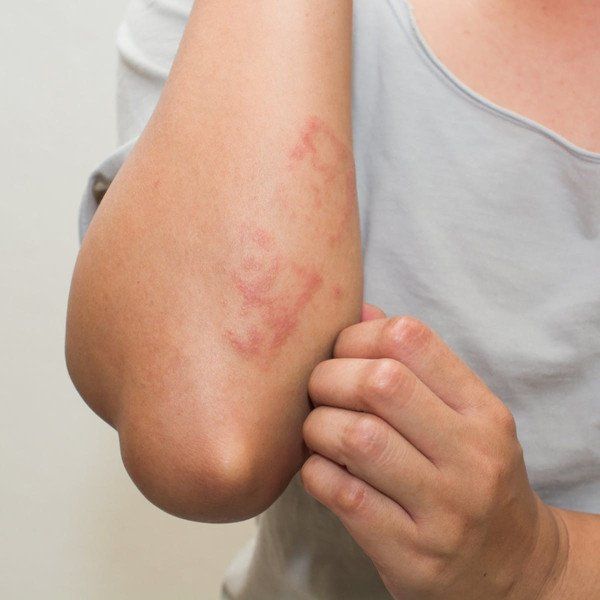Are Steroid Injections for Pain Safe?
Steroid injections for pain relief are safe when used properly. Some well-known side effects may occur, but they're usually minor. What's less well-known is that some doctors don’t heed the the warning by the
American Medical Association about steroid injections. The Association says that too many injections in a short period of time can be dangerous.
What are steroids?
Steroids are a group of highly active chemicals. All steroids belong to a class of compounds sharing a similar basic chemical structure.
The human body makes steroids naturally. Think of steroids as “helper” chemicals because they help cells function properly. For instance, some steroids act as a
hormone which regulates specific tasks in the body. Some hormones
activate biochemical processes while other hormones
deactivate them.
The two primary types of steroids made by the body are
cortisol and
anabolic steroids. Cortisol is a hormone that’s made by the body’s
adrenal glands. Cortisol can be turned into a more active and powerful form, called
cortisone.
Corticosteroid
is a man-made type of cortisone. This is generally what a doctor uses in a pain injection. There are many corticosteroid drugs in use today. Some of the other more popular ones are
hydrocortisone and
prednisone.
Tip: Today, practically everybody uses the terms “cortisol”, "cortisone", and “corticosteroid” interchangeably, even though there's a slight difference.
How steroid injections work
Most people know that steroid injections (also called “
steroid shots”) help relieve pain. They’re especially helpful for certain areas of the body, most notably a
joint. Also called "cortisone shots" or "cortisone injections", doctors use them almost as often as
oral opioids to relieve pain.
Corticosteroid is the chemical in the injection that makes it work so well. Man-made corticosteroid and cortisone are powerful anti-inflammatory chemicals. That means they rapidly fight the natural inflammation process in the body.
Inflammation is regulated by the body’s
immune system. Steroids can suppress inflammation by keeping the immune system from triggering the inflammatory process in the first place.
How the doctor gives you steroid injections
In many cases, your doctor may order you to stop taking certain medicines before the injection. That’s because some drugs can interact adversely with the corticosteroid in the shot.
Make sure to ask your doctor which medications are safe to take before and after the shot.
And never make changes to your medications unless the doctor says you can.
Depending on the location of pain, your doctor may need to use an ultrasound machine. It can form images of your anatomy deep below the skin. The images will help determine exactly where the injection should go.
Sometimes the doctor will draw a circle on the skin over the exact spot where the needle will enter. Doing this helps the doctor accurately insert the needle, and also helps avoid making mistakes.
Then the doctor will apply a numbing ointment or spray to the skin over the injection site. The numbing medicine takes away the initial prick of the hypodermic needle.
Using a thin hypodermic needle, the doctor will inject several milliliters of the steroid solution. The solution will also have a numbing agent in it. You’ll probably feel an initial pinching sensation as the needle enters into the joint. Then there will be a slight deep burning as the doctor releases the fluid into the injection site. The burning usually goes away in few minutes.
Cortisone flare or temporary pain
Most patients feel significant pain relief within hours or a couple days after the shot. However, some patients may have a
cortisone flare right after the injection. This happens because the cortisone has a tendency to
crystallize in the joint. The crystals result in mild inflammation and pain, which is ironic because that’s what the injection is for. In fact, it can feel like the pain in your joint is actually worse. But the cortisone flare pain is temporary and will normally subside quickly.
Generally, if you experience a cortisone flare, don't worry. It only lasts a couple hours -- but it may also last several days afterward. Tell your doctor if that happens. The doctor will probably recommend you treat the flare with ice packs and simply resting the joint.
What are steroid injections used for?
Your doctor not only uses a steroid injection for pain, but for many other problems. Certain types of diseases benefit from reducing the local inflammation. These diseases are wide-ranging, from lupus to inflammatory bowel disease.
Since the steroid shots can treat a number of different diseases, the areas where the steroid is injected varies too. Therefore, the doctor can give injections in places like:
- Joints
- Tendons or muscles
- The spine (an epidural injection, as in the picture below)
- A bursa (this is a fluid-filled sac in between joints and tendons)
How effective are steroid injections for pain relief?
Steroid injections for pain relief are extremely popular with doctors and patients alike. However,
surveys show that in reality, steroid shots
do not work all the time. In fact, research shows that corticosteroid injections do not bring significant pain relief in 15-40% of cases. Nobody knows why this is so.
But on the other hand, the results mean that 60-85% of people
do get significant pain relief from the steroid shot. It’s for this reason doctors generally go ahead with the injection and hope for the best.
Most times, the pain relief lasts for several months. The length of time you have pain relief depends on many factors, including the site of the injection.
But eventually, the effects of any steroid shot on pain relief wears off. That’s when the patient needs another treatment. However, it’s not as simple as just getting another shot.
This is explained below, but in summary, too many shots, too often, can cause serious problems.
Cost of steroid injections
For the years 2019-2020, the consumer help organization
Cost Helper Health says the cost of steroid shots varied widely. If you don’t have health insurance, you can expect to pay $25 - $100 per steroid injection.
These are for relatively simple injections, such as those near the skin surface. They're used primarily for treating skin conditions like acne or cysts.
But when injected into a joint, each steroid shot can cost
$100 - $300. The actual cost depends mostly on the joint being injected. That's because some joints are more anatomically complex than others. None of these costs include a consultation fee or the doctor’s office visit. Those (usually quoted as a combined charge) can range from
$50 - $200.
Are steroid injections safe?
Unlike the general assumption that they’re safe, steroid injections are not totally
harmless. But not being totally safe is common for
all medicines. Doctors know that all drugs have some
potential side effects. And like many other drugs, there are also potential
dangers when the injected steroids are used improperly or in patients who have certain risks.
The
dangers
associated with steroid injections are relatively rare, and listed below. But
side effects are much more common, and also listed below. It should be noted that the side effects can be relatively severe in people with certain medical conditions.
The Food and Drug Administration classifies corticosteroids and (most steroids) as
generally safe. That’s in spite of the potential problems they may cause. Usually the Food and Drug Administration allows a drug to be marketed if it has great therapeutic potential (like pain relief) but has minimal potential side effects and manageable potential dangers.
Side effects
The most common potential side effect of a steroid injection is some degree of pain at the injection site. The pain can range from barely felt to very intense. As discussed above, this is called the
cortisone flare. Other side effects include:
- Bruising at or near the injection site
- Flushing of the face which may last several hours
- Pale or thin skin around the injection site
- Insomnia
- If you have diabetes, it can increase blood sugar for a few days, and this can be dangerous. See below for more information.
- Temporary high blood pressure. It’s more pronounced if you already have high blood pressure.
- Formation of dimples at or near the injection site due to loss of subcutaneous fat.
- Increase in your appetite and possible weight gain. See below for more information.
- Injection site infection. This can be serious and you must notify your doctor if the injection area is red, swollen or painful.
In rarer cases, a steroid injection in the spine (an epidural steroid injection) can give you a very bad headache. But it’s normally relieved when you lie down. Notify your doctor if you have a
headache after any steroid injection.
Dangers of steroid injections
The dangers of steroid injections are rarer than their side effects. But even so, doctors must still use the shots with care. That’s because – even though they rarely occur – the dangers can be very serious to certain patients. The most serious dangers of steroid injections are listed below.
Tendinopathy
Patients who have repeated steroid injections near a tendon risk degeneration of the tendon tissue and severe
tendon lesions. This is called
tendinopathy
or
tendinosis. That’s why doctors must wait 1-2 months between consecutive steroid shots. And most doctors will limit the number of steroid injections you can have
per year. And even then, the majority of doctors will only give regular steroid injections for no more than 3-5 years.
The reason for this is because cortisone weakens various soft tissues, especially bones and tendons. Steroid injections should never be made directly into a tendon being treated. Instead, doctors should insert the injection needle
adjacent to the tendon. If the doctor accidentally injects a tendon, the tendon can weaken dramatically.
But you don’t need multiple cortisone shots to have tendon problems. They can happen after just one injection. An example of how this can happen is when a patient gets one shot and feels fine. The pain is gone and all seems well. But the affected tendon has been weakened by the cortisone injection. Then the patient performs a physical activity like working out. This creates a huge problem.
The stress on the tendon is unintentionally made worse with the added stress of the physical activity. The tendon can then be injured or it may even rupture. That makes the original problem far worse, and far more painful.
To avoid this, sometimes a doctor will prescribe seeing a
physical therapist
after the steroid shot. The therapist will insure you can exercise the joint without risking more damage or injury to the tendon or muscle group.
Osteoporosis and osteonecrosis
Osteoporosis
is the process where bone thins out and weakens. It happens as a result of a
reduction in bone mineral density. Corticosteroid medications can cause
bone loss and result in osteoporosis if taken orally or intravenously (IV) in high doses or for long periods. An example of this is taking prednisone orally in doses of more than 10 mg a day for more than three months.
But when a steroid is injected instead of taken orally the drug stays locally (at the joint, for example). Studies show that
occasional steroid injections probably will not cause osteoporosis. But frequent or high doses of steroid injected into a joint will produce such bone damage.
Thus, frequent shots into a joint must be avoided.
In contrast,
osteonecrosis
is the process where the bone actually dies off. Obviously, osteonecrosis is a more severe state than osteoporosis. If osteonecrosis occurs in a bone in or around a joint, it usually results in
collapse of the joint’s surface. This produces an irregular, irritating surface. The result of this process is
arthritis.
Some corticosteroid medicines can cause osteonecrosis when taken orally or intravenously. By those routes, high doses of the medicine for long periods of time are notorious for producing this serious steroid hazard. However, osteonecrosis is considered rare with injected steroids.
Nerve damage
Nerve damage following steroid injection is a particular danger when treating
carpal tunnel syndrome. In fact, nerve injury is the
most serious hazard when treating this painful condition with steroid injections.
But the damage does not result from the medicine itself. Instead, it occurs from the hypodermic needle physically nicking the median nerve. That penetration will destroy tiny nerve fibers within the nerve itself.
But the incidence of nerve damage during carpal tunnel treatment is relatively low. It represents less than 1% of complications from steroid injections to relieve carpal tunnel pain.
Skin lightening
Skin lightening may occur in patients with darker pigmented skin. Any such lightening is permanent and will not go away. This is not generally considered a danger or serious issue with steroid injections. But the problem is less of a physical issue than a psychological one. Doctors should never minimize or underestimate the psychological effects of one’s appearance when it changes drastically and permanently.
The skin around the steroid injection site can lighten quickly or take a long time. The good news is that it does not cause any physical or chemical harm to the skin or tissues below.
Hyperglycemia
Hyperglycemia is the medical term for elevated levels of glucose (sugar) in your blood. This is an inevitable side effect of having a steroid injection. But it can be hazardous in certain individuals, primarily those with
diabetes.
In fact, blood glucose levels can spike for several days after the injection. They can even go up and down rapidly. For this reason diabetic patients must be monitored very closely after having cortisone shots. But in normal healthy adults, a small spike in blood glucose is not a big problem because the body handles it with relative ease.
Weight gain
Most steroids cause an increase in appetite. This, of course, can easily lead to overeating. So patients who get cortisone injections have a tendency to gain extra weight. While unintentional weight gain is not a major hazard for most people, it can be in certain conditions, like pre- and post-
bariatric surgery.
Therefore, it’s best to be aware of this problem so that overeating doesn’t sneak up on you. If you know about the possible weight gain potential beforehand, you can manage your caloric intake more effectively.
Allergy or hypersensitivity
Your doctor will ask if you ever had a steroid injection before. If so, make sure to tell the doctor if you had any allergic reaction or unusual over-sensitivity (hypersensitivity) after the injection. These reactions mostly happen due to the
anesthetic agent
dissolved in the steroid solution.
Weighing risks and benefits
For doctors today, corticosteroid shots are a popular and valuable pain relief tool. As you can see, in most circumstances the benefits of using steroid injections for pain relief outweigh the risks and relatively rare dangers.
But even this great tool must be used sensibly in order to avoid potential hazards. Even the conservative
National Institutes of Health warns that long-term corticosteroid shots can be dangerous when not used properly.
Doctors often are very enthusiastic about helping their patients relieve pain without addictive opioids. And these days, this is a very hot issue. It’s likely this is a main motivation for steroid injections seeing a more widespread use for pain relief lately.
But with such rampant use, warnings about their hazards are bound to be overlooked.
Hooray for steroid injections!
Many patients benefit greatly from this therapy. If you have an isolated area that’s inflamed and painful, steroid injections can work like magic. (That’s assuming there are no reasons they shouldn’t be used.)
Just ask anybody who’s had steroid shots for osteoarthritis, bursitis, and gout, just to name a few conditions. The shots let the joint move (and let the patient work) without pain.
That's a huge relief!
Every patient represents a unique case. No two people have the identical problems and diseases. Doctors know this, and customize treatments based on the patient’s particular requirements. This is the major way doctors can avoid the risks and dangers steroid injections can pose.
In the end, steroid injections for pain are not a permanent “fix” to any problem. Something (serious or not) is causing the pain you have. So that problem must be addressed in order for the pain to go away for good.
For most patients, resting the joint is good enough to relieve pain. The steroid shot just temporarily buys some time. It gets rid of the pain long enough so you can rest the joint and let it heal fully and naturally.
Conclusion
In most cases, chronic pain is due to inflammation and swelling. Therefore, doctors use steroid injections for pain relief due to their anti-inflammatory effects. As a result, the pain goes away.
Corticosteroids are powerful man-made anti-inflammatory steroid compounds, and the most commonly used steroids for pain relief. There’s no question that for some pain sufferers, corticosteroid injections are hugely beneficial. Many of them go from being absolutely miserable to feeling almost no pain - practically overnight. But like all great things, there are some cautions to consider.




